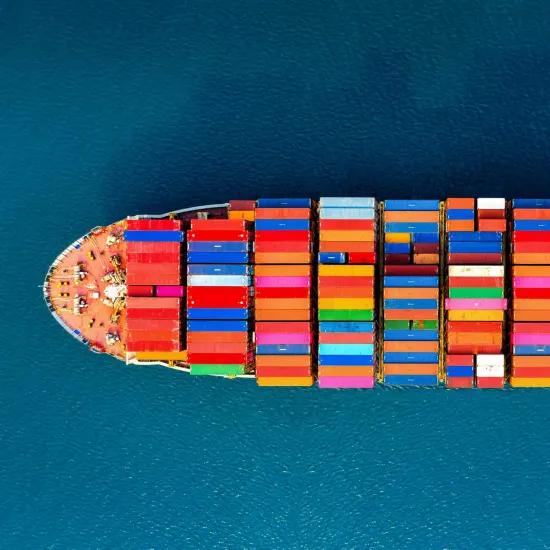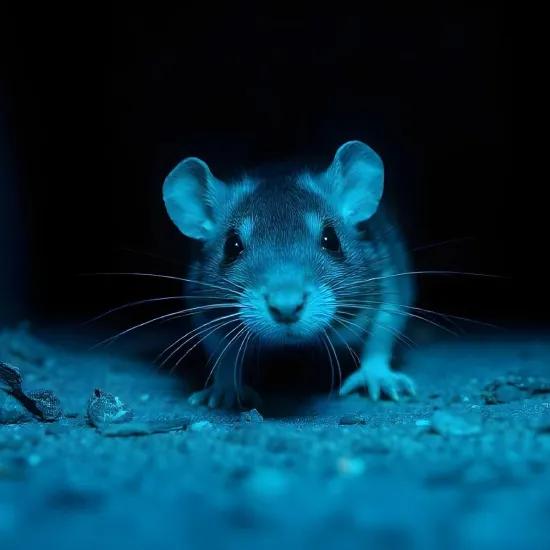The development of sustainable alternatives to wallpaper and wall finishes includes both the use of bio-based materials and the implementation of an end-of-life recycling strategy.
Traditional wallpapers are applied once and (often) require additional finishing with acrylic paints. These paints are applied onsite and until today have been based on fossil petroleum derivatives, with or without additional plasticisers, such as phthalates. The environmental impact of vinyl and emissions of harmful products (VOC, Volatile Organic Compounds) is high and should be reduced by substitution with bio-based materials.
Circulair alternatives
New concepts for the circular use of wall coverings have recently been developed and marketed. A recent example is a system including a primer, a glue, a glass fleece and a paint finish, all of which consist of 100 % mineral and bio-based raw materials.
The glass fleece is manufactured as a non-woven mat of glass fibres that are directly spun from molten sand, without requiring intermediate processes (e.g. conversion of sand to intermediate glass beads). The glass fleece is coated by passing the glass fabric through a bath of bio-based and water-based coatings, after which the dried material is finished on the outside with a bio-based paint.
Both the coating and the paint layer are made of starch. In addition, the factory finish with the adhesive coating and paint layer offers significantly reduced paint consumption and logistical advantages compared with onsite application of the adhesive and paint layer at the construction site.
Suitable for recycling
When applying the wall covering, the treated glass fleece is pulled through a water bath and then immediately glued to the wall. The wall should be pre-treated with a primer, which also functions as a sacrificial layer when the wallpaper is removed afterwards. This spares the substrate and both the plasterboard and the wallpaper can be 95 per cent recycled.
The performance of the glass fabric, such as scrub resistance, cleanability, strength, crack bridging and fire resistance, was tested against traditional systems. Additional developments are currently underway to use bio-based additives for better colouration, coverage or specific surface properties.
The product, developed by EKOTEX Wandafwerking B.V., producer of a glass fabric wall covering, has been included in the national environmental database (NMD) and has an EPD label (Environmental Product Declaration)..
Bio-based coatings project
Sirris and Centexbel-VKC are cooperating in the BioCoat project: 'Bio-based coatings: an opportunity for a sustainable enterprise and world', to provide an answer to the growing demand for products of more sustainable origin. During this project we would like to inform you about the possibilities in the use of bio-based blocks and applications of these raw materials in coatings.
Would you like to participate in this project, would you like more information or would you like to discuss your own case or innovation in relation to this topic? Please contact us!
| Fancy reading more about the possibilities of making your products more bio-based? Download our whitepaper! |
This blog was written in cooperation with Victor Franke.





